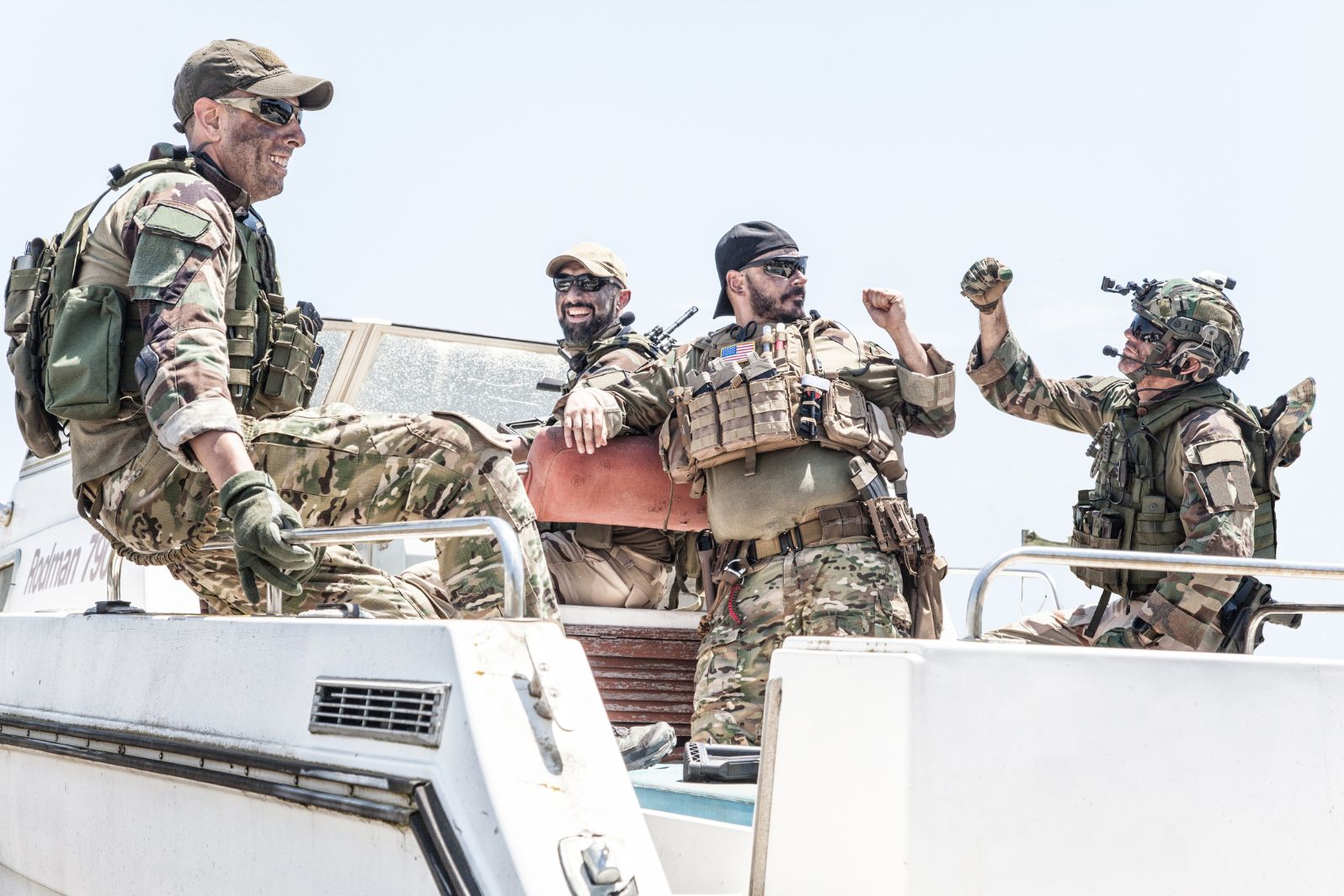
Being in the United States Navy is a dream for many youngsters. They feel immense pride and joy when they get to serve and protect their country. By next year, reports estimate a year-end strength of over 347,000 Navy personnel.
But with duty comes a whole lot of challenges. While performing their services, these soldiers get exposed to various toxic chemicals. Examples include asbestos, per-and-poly-fluoroalkyl substances (PFAS), lead, and other forever chemicals.
Exposure to these elements leads to serious health complications like cancer, fertility issues, heart disease, etc., after they retire. Statistics suggest that over 3.5 million veterans have been exposed to hazardous materials. Due to that, they’ve suffered early-onset, severe, and rare health conditions.
In this blog, we will discuss three ways Navy personnel get exposed to toxic synthetic chemicals.
#1. Firefighting Equipment
Just like firefighters, the Navy also uses protective gear and equipment when dealing with fuel fires. Reports suggest that Navy ships face a high risk of fire when undergoing maintenance. It results from sparks involved in repairs and welding in confined locations near flammable materials.
A report by Business Insider states that the number of fires breaking out on docked Navy ships has increased recently. But this has been a pressing issue for many years.
That’s why the Fire Safety System Code mandates that all Navy ships must carry firefighting appliances. These include fire extinguishers, protective gear, fire pumps, etc.
Some ships might have fire extinguishers containing aqueous film-forming foam (AFFF) for Class B fuel fires. However, it contains a high concentration of carcinogenic PFAS that remains in humans indefinitely.
Prolonged exposure to AFFF can lead veterans to develop cancer, mesothelioma, fertility issues, child development problems, and more. Unfortunately, the manufacturers knew about this but failed to warn the military. When the Navy learned this, they turned to the law.
According to TruLaw, victims filed over 6,000 individual lawsuits against the manufacturers and distributors of AFFF. The damages include medical expenses, emotional distress, permanent disability, loss of wages, etc.
Victims took part in this litigation because they wanted compensation for the personal injuries caused, wrongful deaths, and corporate negligence. This AFFF lawsuit by Navy personnel is expected to reach a global settlement of USD 10.3 billion.
Apart from AFFF, some turnout or bunker gear also had cancer-causing toxins and forever chemicals like PFAS. Due to such hazardous exposure, many Navy personnel develop chronic health issues.
#2. Naval Ships
A lesser-known fact is that soldiers get exposed to toxic chemicals when in contact with some Navy vessels. Ideally, any ship manufactured between 1930 and 1980 had high levels of asbestos onboard.
This element was cheap and durable. That’s why the government thought it was a good idea to use it to manufacture warcraft. As a result, hundreds of vessels contained asbestos because of its insulation, water-resistant, and fire-resistant features.
According to the ATSDR, inhaling asbestos can lead to lung diseases, breathing problems, mesothelioma, and cancer. When manufacturers learned about the side effects of asbestos, they tried their best to hide them.
Due to their negligence, today, 30% of mesothelioma cases involve Navy veterans. Upon filing a lawsuit and presenting incriminating evidence, these victims can gain up to USD 40 million in settlements. Even after this, some asbestos-containing ships, like the USS Blue Ridge and USS Mount Whitney, are still operational.
Soldiers can also be exposed to harmful fumes and fuel components on the Navy ship when performing their tasks. Examples include aircraft refueling and inhaling airborne vapors. Hence, all Navy personnel should undergo regular medical checkups to ensure a healthy future.
#3. Through Water Contamination
Another way brave Navy soldiers get exposed to toxic chemicals is through water contamination. For instance, hazardous materials from on-site and off-site contaminants at military bases affect the water quality, making it poisonous for the residents.
The Camp Lejeune incident is a reminder of that. Located in North Carolina, this marine base shocked the country when two water treatment plants were found to have volatile organic compounds (VOCs).
The drinking water became contaminated due to on-base spills or leaks from industrial sites and off-site waste disposal methods. As a result, over 1 million veterans developed cancer, non-Hodgkin’s lymphoma, multiple myeloma, female infertility, etc.
Today, there are over 60,000 claims filed under the Camp Lejeune Justice Act (CLJA). Veterans living on base between 1953 and 1987 for thirty days are eligible for compensation. The legal industry believes the individual payouts could be between USD 10,000 and USD 500,000.
Apart from that, training exercises can pollute the groundwater in the surrounding area. Even portable water tanks on Navy ships can get contaminated with harmful chemicals. The same happened aboard the Abraham Lincoln and Nimitz ships when jet fuel residue seeped into portable water tanks.
The Bottom Line
Being in the Navy is a welcomed challenge for many. However, it can become dangerous when these individuals are exposed to harmful chemicals without knowing it. For example, soldiers get exposed through water contamination, their equipment, and when onboard naval ships.
Since they aren’t aware of this, Navy personnel can sometimes become carriers of harmful substances and expose their family members or peers. That’s why they need to control that exposure by wearing protective equipment and taking a bath after every operation.
To reduce exposure, Veterans Affairs ensures that every Navy personnel gets informed about the chemical hazards during their service. Even though these solutions cannot eradicate exposure, they can surely minimize its effects.






